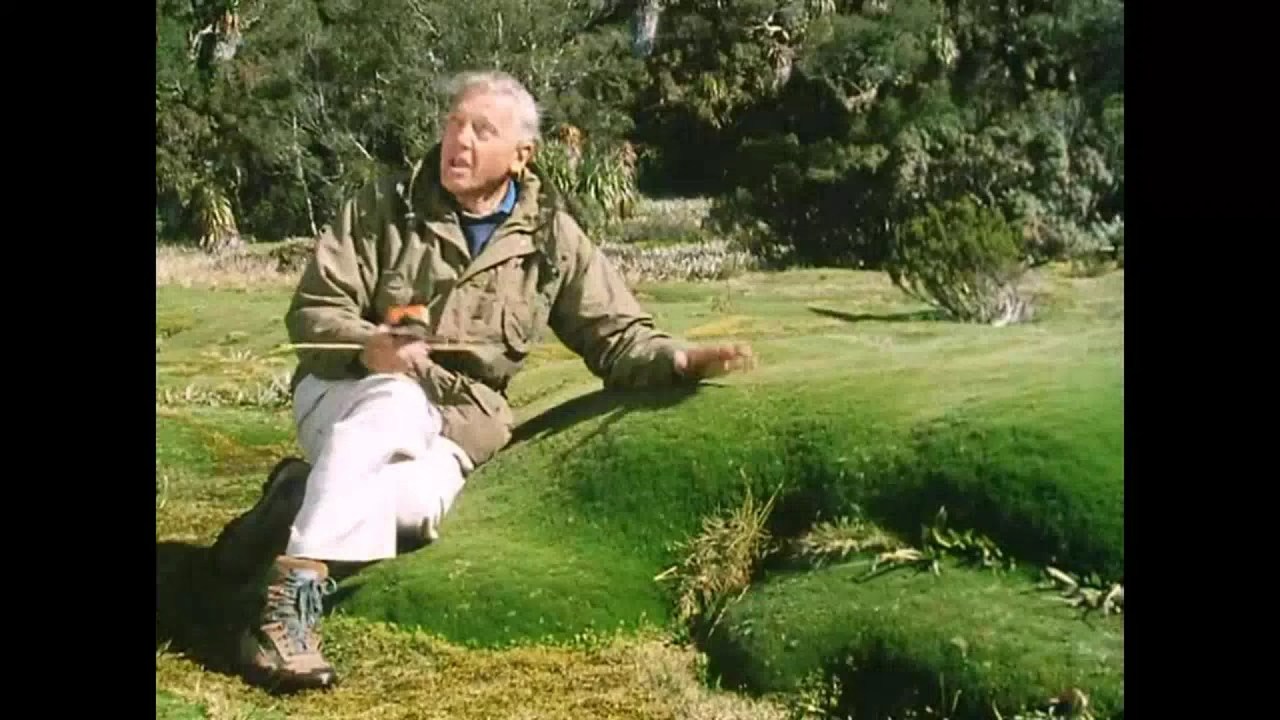Pollination is a fascinating biological phenomenon that allows plants to reproduce and spread their genetic material across the globe. But how exactly does this process work? In this broadcast, we explore the ways in which plants reproduce, through pollination.
At the heart of pollination are two components – pollen and a stigma. Most plants contain both within their flowers and rely on animals to transport the pollen from one flower to another. To attract these couriers, flowers often display bright vibrant colors, tantalizing scents, and sweet nectar. As it turns out, birds aren’t the only ones helping with pollination – insects like bees, as well as mammals like bats and even rodents take part in this process too!
So what happens when pollen reaches its intended destination? Once it makes contact with the stigma of another flower, fertilization will occur and the plant will start reproducing. This simple but effective cycle has allowed many species of plants to propagate over lengthy periods of time.
From fragrant orchids to hardy conifers – without animal-assisted pollination, we would have a much poorer world of biodiversity. That’s why it’s so important for us to understand pollination better and appreciate nature’s unsung heroes – our feathered and furry friends! To learn more about this amazing process, be sure to watch our documentary on plant reproduction today!



